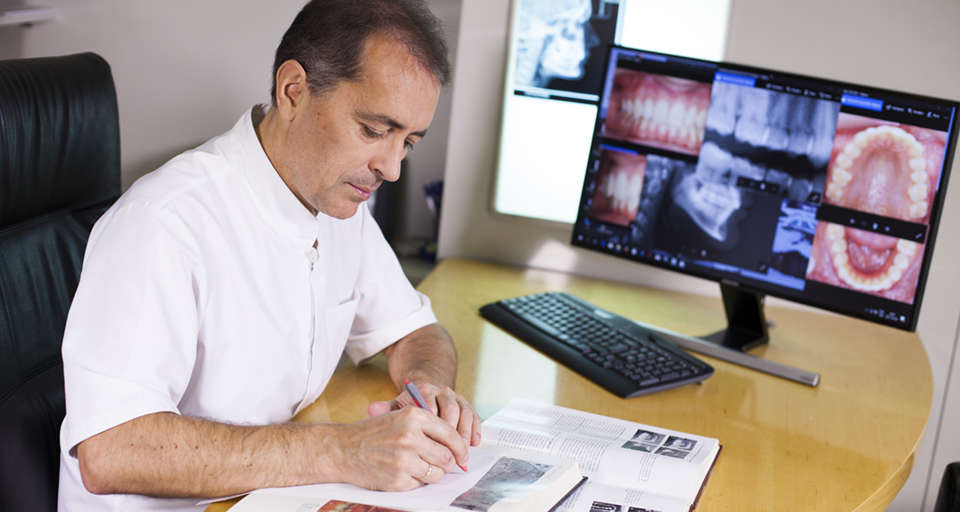Eur J Orthod. 2016 Dec;38(6):602-608. doi: 10.1093/ejo/cjv087. Epub 2015 Dec 13.
Kaipainen AE(1), Sieber KR(1), Nada RM(2)(3), Maal TJ(4), Katsaros C(1), Fudalej
PS(5)(6).
Author information:
(1)*Department of Orthodontics and Dentofacial Orthopedics, University of Bern,
Switzerland.
(2)**Faculty of Dentistry, Kuwait University, Kuwait City, Kuwait.
(3)***Department of Orthodontics and Dentofacial Orthopedics, Faculty of Oral
and Dental Medicine, Cairo University, Cairo, Egypt.
(4)****Department of Maxillofacial Surgery, Radboud University Medical Centre,
Nijmegen, The Netherlands, and.
(5)*Department of Orthodontics and Dentofacial Orthopedics, University of Bern,
Switzerland, piotr.fudalej@zmk.unibe.ch.
(6)*****Department of Orthodontics, Palacky University, Olomouc, Czech Republic.
OBJECTIVE: Facial attractiveness is an important factor in our social
interactions. It is still not entirely clear which factors influence the
attractiveness of a face and facial asymmetry appears to play a certain role.
The aim of the present study was to assess the association between facial
attractiveness and regional facial asymmetries evaluated on three-dimensional
(3D) images.
METHODS: 3D facial images of 59 (23 male, 36 female) young adult patients (age
16-25 years) before orthodontic treatment were evaluated for asymmetry. The same
3D images were presented to 12 lay judges who rated the attractiveness of each
subject on a 100mm visual analogue scale. Reliability of the method was assessed
with Bland-Altman plots and Cronbach’s alpha coefficient.
RESULTS: All subjects showed a certain amount of asymmetry in all regions of the
face; most asymmetry was found in the chin and cheek areas and less in the lip,
nose and forehead areas. No statistically significant differences in regional
facial asymmetries were found between male and female subjects (P > 0.05).
Regression analyses demonstrated that the judgement of facial attractiveness was
not influenced by absolute regional facial asymmetries when gender, facial
width-to-height ratio and type of malocclusion were controlled (P > 0.05).
LIMITATIONS: A potential limitation of the study could be that other biologic
and cultural factors influencing the perception of facial attractiveness were
not controlled for.
CONCLUSIONS: A small amount of asymmetry was present in all subjects assessed in
this study, and asymmetry of this magnitude may not influence the assessment of
facial attractiveness.
© The Author 2015. Published by Oxford University Press on behalf of the
European Orthodontic Society. All rights reserved. For permissions, please
email: journals.permissions@oup.com.
DOI: 10.1093/ejo/cjv087
PMID: 26666568 [Indexed for MEDLINE]




